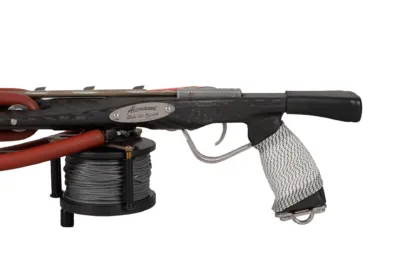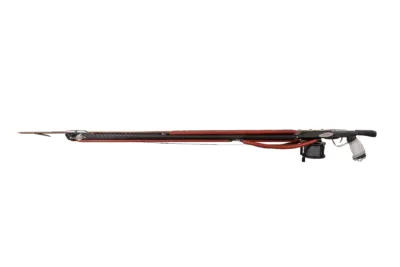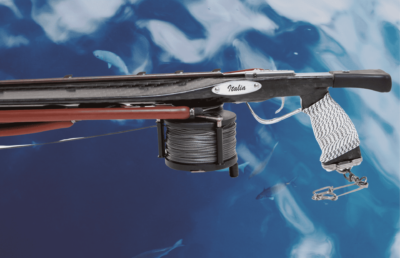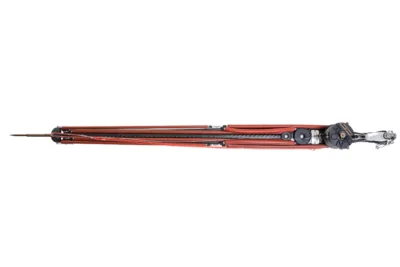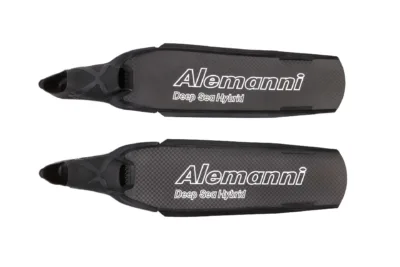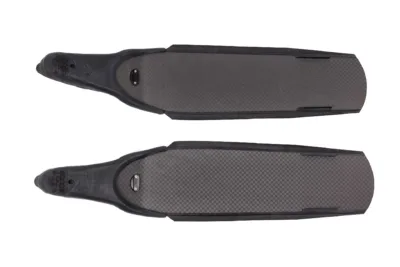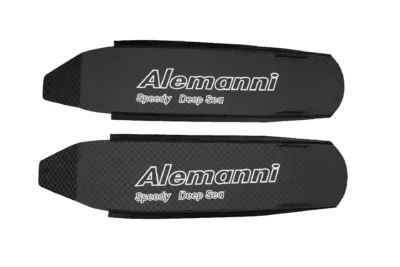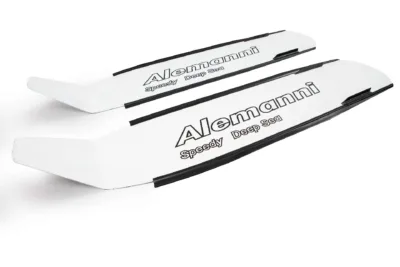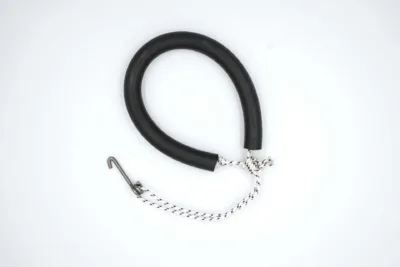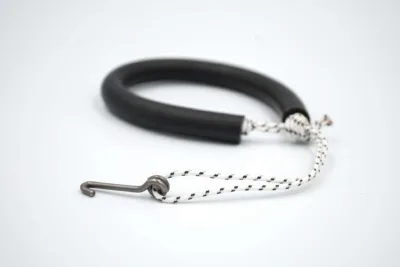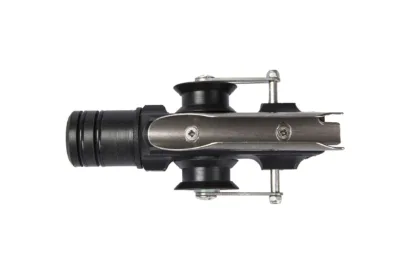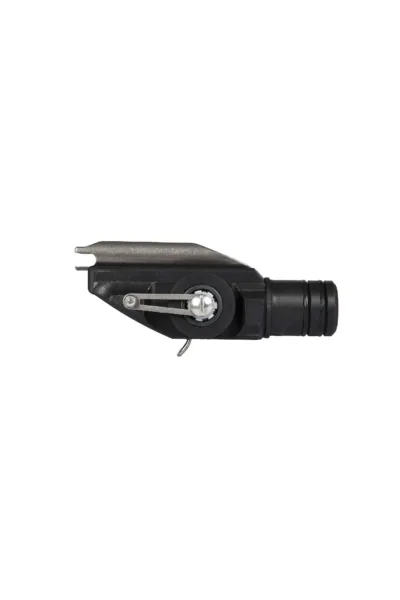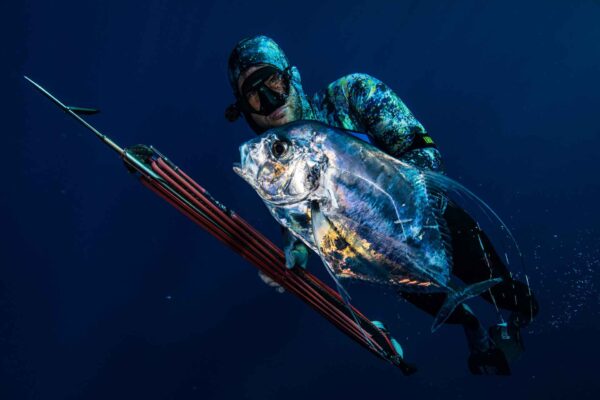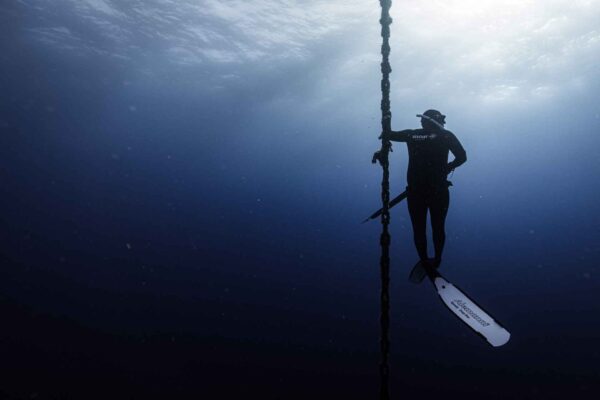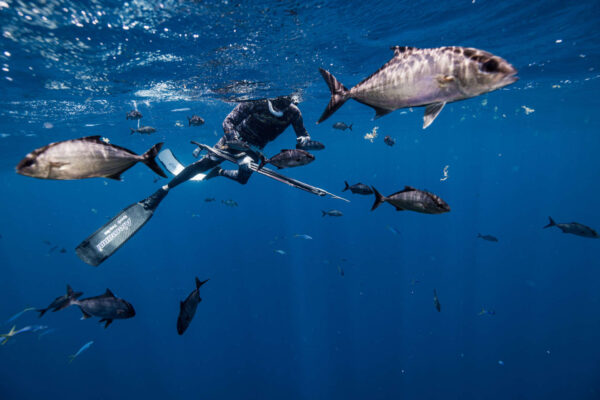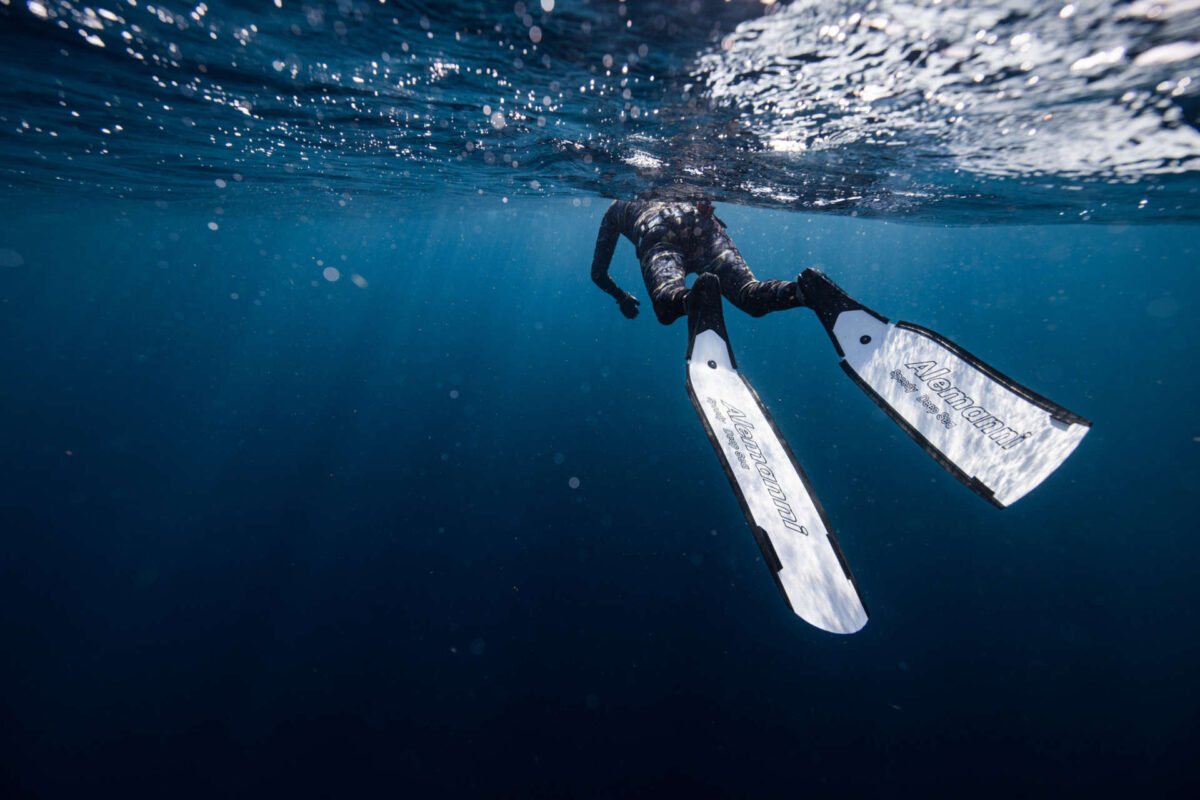Underwater fishing techniques
Fin choice: complete guide
Fin choice: complete guide
That of swimming with women fins on the feet is a rather ancient concept. Already in the fifteenth century Leonardo da Vinci had imagined an aquatic man equipped with fins and webbed gloves, and when Louis de Corlieu presented the first prototype of fins in 1914, he declared that he was inspired by those made with large leaves by the fishermen of French Polynesia.
Louis de Corlieu's idea was based on the intuition of Benjamin Franklin, who, observing the appendages of amphibians and fish, thought of wearing wooden paddles on his feet to increase the contact surface with the water and therefore the thrust. Needless to say, the intuition turned out to be brilliant.
The patent for de Corlieu's fins, which also included two spoon-shaped handhelds, was registered in 1933. Since then, the fins have experimented increasingly efficient shapes and materials and capable of adapting to the most diverse diving needs.
Andrea Alemanni is our authority on fins: in addition to producing them, a few years ago he decided to test them all (but absolutely all of them) together with his freediving instructor Marco Mardollo, finning technician and founder of the Apnea Academy teaching with Umberto Pellizzari. Andrea tried the fins of all the competitors, analyzing them characteristics and potential and bringing the experience gained into the development of the new line of carbon fins Alemanni Deep Sea.
Andrea will be our exceptional guide to discover the vast and fascinating world of fins: he will explain to us what types of fins exist and how choose the perfect fins for your dives and will give us valuable advice on mistakes not to make when you decide to buy a pair of fins.
Andrea, let's start from the beginning: how many types of fins are there?
To date, there are different types of fins. The most common are those small in silicone, which are usually used to do snorkeling during short holidays: they are fins designed for all those who don't have great demands and just want something on their feet to move a little better while afloat while observing the seabed.
The same small silicone fins can also be used for training: in fact they have worsening characteristics (in terms of weight, flexibility, etc.) compared to common fiberglass or carbon fins on the market, so it is much more difficult to use them... which is why you can also decide to buy them for train your legs.
Then there are fins dedicated to those who practice scuba diving, which have specific characteristics and cannot be used in any other context. These are rubber fins very heavy, which are worn by inserting the foot (equipped with a rigid shoe) as if you were wearing a slipper.
Finally, there are fins that are used both for spearfishing both for thefreediving in the pool, as the ones we produce. Generally these fins are available in different hardnesses, to adapt to both situations.
In SwimmingpoolGenerally speaking, softer fins are preferred. In sea, on the contrary, you are heavier (you wear a move and weights are used on the belt), so you will need more thrust. This will lead us to prefer a slightly stiffer fin, which can push us better without tiring us too much.
This last type of fins, which are suitable for both situations, is produced in different materials and in different lengths (generally three: long, medium and short). The materials used for this type of fin are fiberglass and sometimes carbon used together.
What are the most common mistakes made when choosing fins?
The most frequent error of all is the choice of fin hardness. The fact is that to date there are no univocal references: each fin manufacturer has its own hardness, and the hardness of a fin cannot be compared to that of a fin from any competitor. In order to understand each other: what is soft for you, may not be for me. Or more simply, what is good for a 70kg person is not suitable for the same person if they weigh 90kg.
If a fin is too hard you will struggle to use it, therefore you will be in trouble. This will result in the inability to hold your breath for long. On the contrary, if the fin is too soft for your weight, it will not have good thrust.
The second most common mistake is the choice of shoe, too narrow/wide or not the right shape for your foot. There are more comfortable shoes, others that are more rigid and others that are very wide. It's also true that there aren't many shops where you can try on shoes... moreover, it's not pleasant for a person to come in and try them on and then leave (a bit like what happens with walking shoes that you try on in a shop and then buy online).
How do you understand the size of the fins?
With fin size this can mean both the size of the foot pocket and the length of the fins. As for the shoe, taking measurements is easy: I physically have to place my foot on the ground, bring the heel closer to the wall (keeping the weight on my feet) and take the measurement from the wall to the longest toe. This is the measurement that must be reported inside the shoe. Then obviously you need to know whether you will wear shoes or not.
With regard to the fin length, however, everything depends on the use you will make of it and the technique used in fishing or apnea. For example, if I go swimming in the pool I don't need a one meter long fin, which could hinder me during turns or when I push myself. If I want to train, the situation already changes, because I can choose to use a short and slightly stiffer fin than the one I would usually use. If instead I want to do freediving, so what preserve my oxygen, soft fins remain the best choice.
Then there is the length of the fins a myth to dispel: many tend to associate the length of the fin with thrust, but this is not necessarily the case. The long fin, in fact, can be particularly soft, and also the blade width it has its own weight.
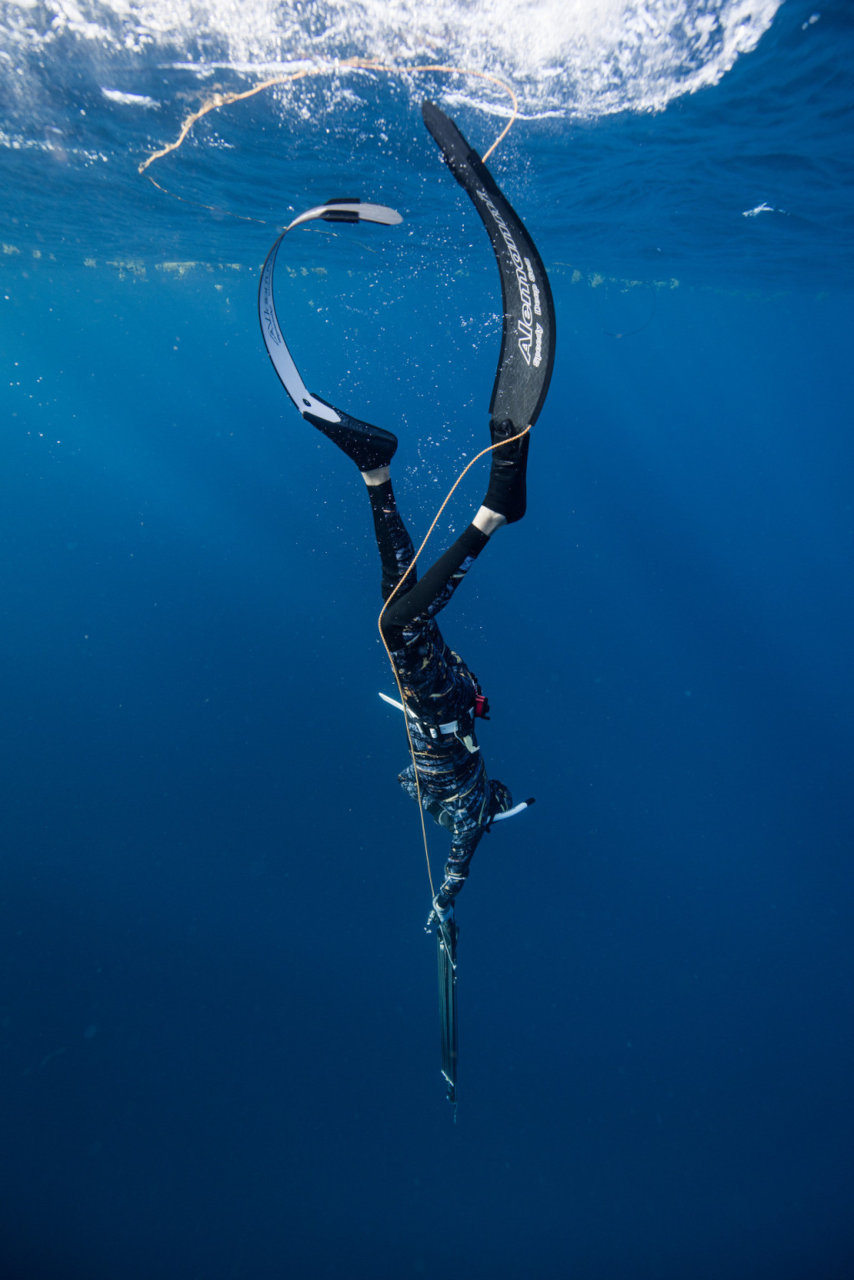
Is it possible to choose the right type of fins based only on the type of dive?
It's not possible, because the type of dive doesn't give us enough information to identify the right fin for the customer. As I was telling you, the key factors in choosing fins are of a completely different type: you must first consider the body weight and degree of training, then the length of the foot (with or without shoes) and only at the end can we examine the type of immersion!
Does freediving require special fins?
It simply requires fins suitable for that purpose, which fall into the category of those that can be used for freediving and freediving in swimming pools. Normally, spearfishing fins are completely protected laterally by silicone profiles which serve to protect the foot from impacts against rocks or similar things. You can think of a slightly shorter fin if so fishing in little water among the rocks, In order to stay agile among the rocks.
As I mentioned, the fins for freediving will be a little more rigid than the swimming pool version (you can also think about removing the silicone side protectors, since there are no obstacles to injure yourself against).
Alemanni also creates customized fins: what is it possible to obtain from customizing fins and when is it recommended to choose a tailor-made product?
Our line of custom fins arises from the need to correct some specifics postural problems, such as feet converging inwards: those who have this type of problem find it very difficult to use any type of fin because the fins tend to hit each other at the tips. To overcome this problem we can create fins that converge outwards, offering a definitive solution to the client.
Another problem we faced is that of making fins for those who have lost a leg: in this case we made a single fin with certain safety characteristics hardness and size, in such a way as to be able to offer all the necessary push to the customer.
What advice would you give to someone who is about to choose their first fins for spearfishing?
My best advice is to choose a fin that doesn't require too much energy to be used. This will allow you to refine your kicking technique, even in situations where you need more push. If you can use a soft fin in all situations, you will have no problem using a stiffer fin tomorrow. Conversely, if you get too used to using a hard fin and have to switch to a very soft fin you will feel like you don't have enough push, and you might get a little scared on the way up.


